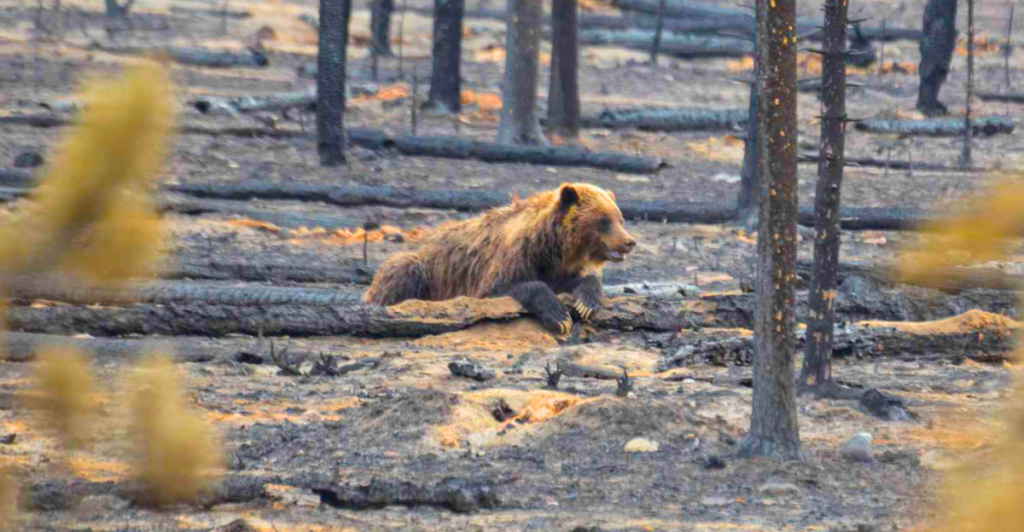
Over the last 50 years, the world has experienced a catastrophic decline in wildlife populations. The World Wildlife Fund’s Living Planet Report noted that monitored populations of vertebrates have declined by an average of 73% since 1970. The reasons for this disturbing trend include a number of human and environmental factors that are putting many species at risk of extinction. Understanding these causes is crucial for developing effective measures to protect and restore wildlife populations. In this list, we look at 12 startling reasons that wildlife has plummeted since 1970.
1. Habitat Destruction
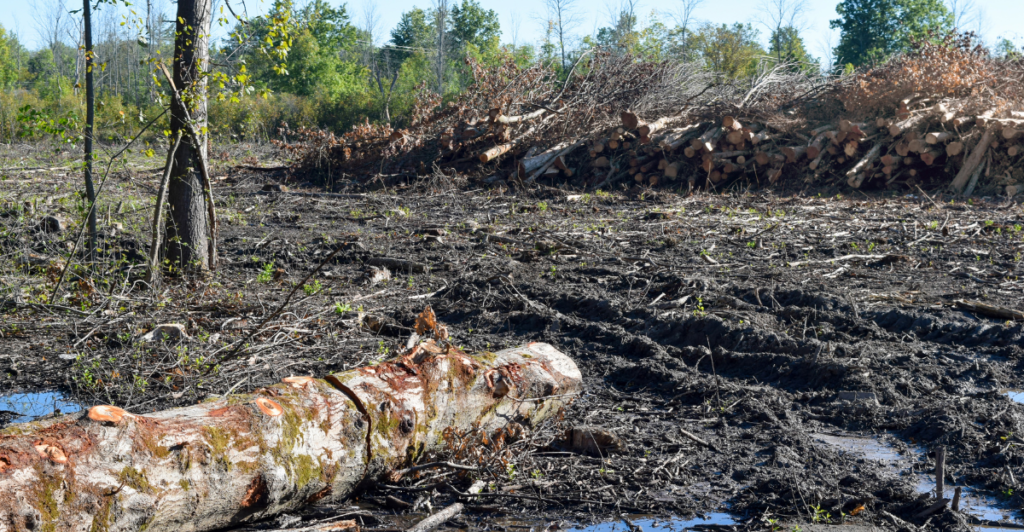
Habitat destruction is a major cause of wildlife decline. Forests, wetlands, and grasslands are continuously cleared to make way for agriculture, urban development, and infrastructure. This loss of habitat means that thousands of species no longer have homes, reducing their populations drastically. When animals lose their natural environment, they cannot search for food, shelter, or opportunities to breed, and population numbers decline. Moreover, fragmented habitats lead to isolated populations, making them more vulnerable to extinction.
2. Climate Change
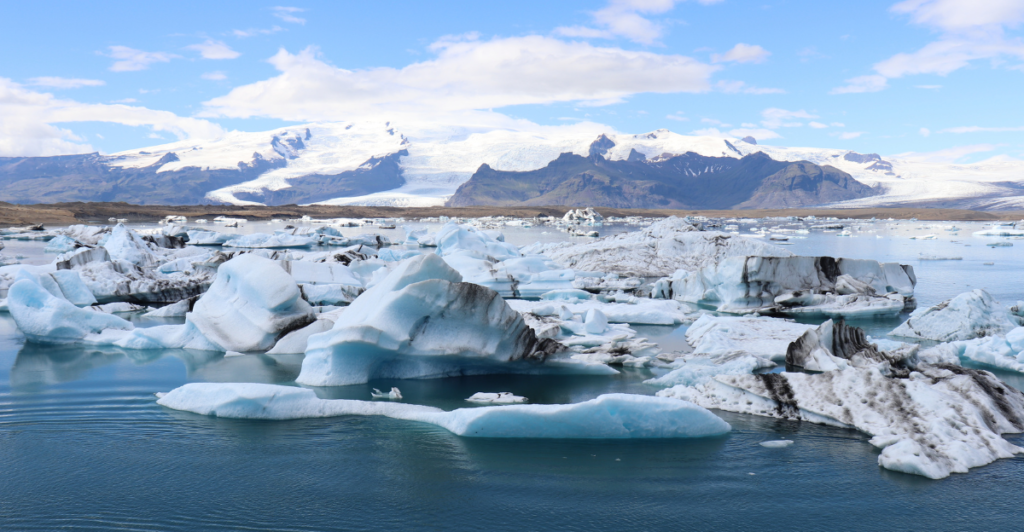
Climate change is disrupting ecosystems by changing weather patterns, sea levels, and temperatures. Species unable to adapt or migrate face severe survival challenges. As temperatures rise, polar ice caps are melting, threatening species such as polar bears and penguins. Coral reefs, too, suffer from bleaching, affecting marine biodiversity. Protecting wildlife habitats and adjusting the ecological balance by practicing environmental sustainability to reduce greenhouse gases are important ways to mitigate climate change.
3. Pollution
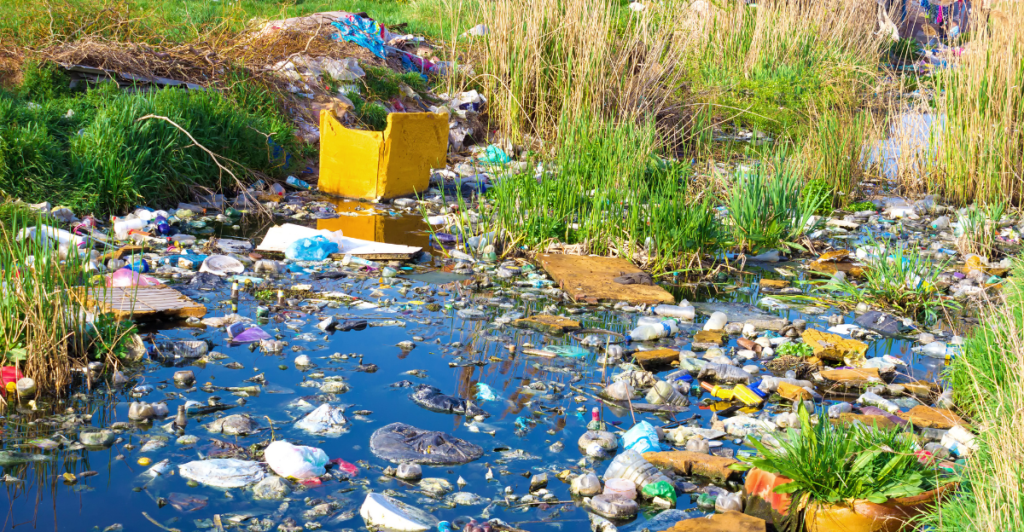
Plastics, chemicals, and noise pollute the environment and harm wildlife. Polluted environments are causing sickness and reduced reproduction rates among animals. Oceans are littered with plastic waste, and this impairs marine life, which often mistakes plastic for food. birds and mammals become tangled up in waste, causing injury or death. Reducing pollution in the environment through stricter laws and individual actions is necessary to restore natural habitats and ensure wildlife is not irreparably harmed.
4. Illegal Wildlife Trade
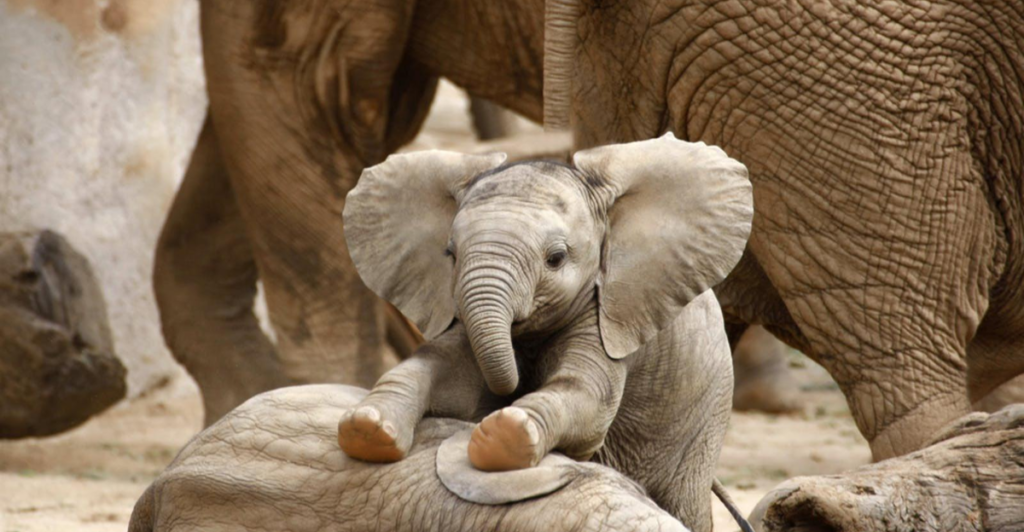
The illegal wildlife trade is a major threat to species survival, fueled by the demand for exotic pets, traditional medicine, and luxury goods. This demand, which is fueled by black market activity, suggests overexploitation of species on the verge of extinction. Elephants and rhinos are two of the more iconic but heavily poached species. Fighting this trade requires international collaboration and stricter enforcement: laws must be in place to protect endangered species, and they must be upheld.
5. Overfishing
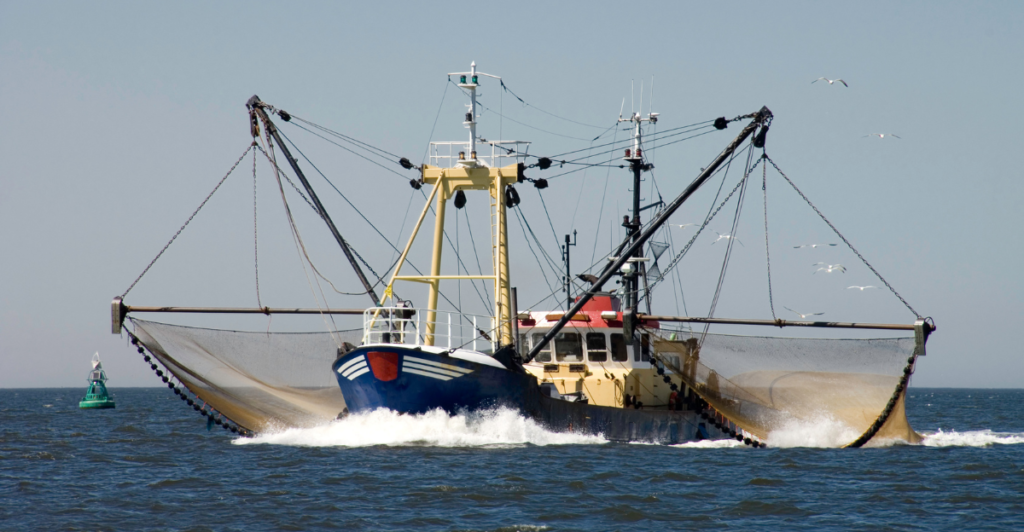
Overfishing depletes fish populations faster than they can reproduce, destabilizing the balance of marine ecosystems. As apex predators cease to exist, the balance of the ocean food web changes and creates effects on the diversity and abundance of species. The depletion of fish stocks jeopardises the livelihoods of communities who rely on fishing. By implementing sustainable fishing practices and creating protected marine areas, we can help restore balance and preserve ocean biodiversity.
6. Invasive Species

Invasive species — which enter our environment through human activity — outcompete native wildlife for resources, causing biodiversity loss. These non-native species seldom have natural predators, leading to unchecked proliferation of animals. Native plants and animals struggle as habitats are overrun. Combating and eradicating invasive species plays a key role in safeguarding native ecosystems and slowing future biodiversity loss.
7. Deforestation
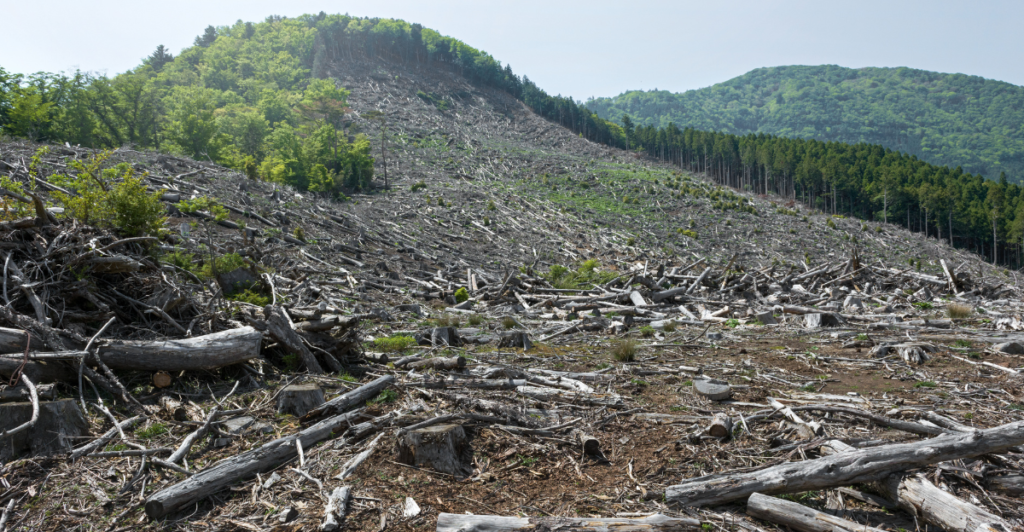
Deforestation for agriculture and urbanization destroys critical habitats and causes wildlife declines. Trees provide shelter, food, and breeding grounds for countless species. Without them, ecosystems collapse, and many animal populations plummet. Tropical rainforests, with their rich biodiversity, are especially impacted. This trend can be reversed through reforestation and sustainable land management practices.
8. Agricultural Expansion
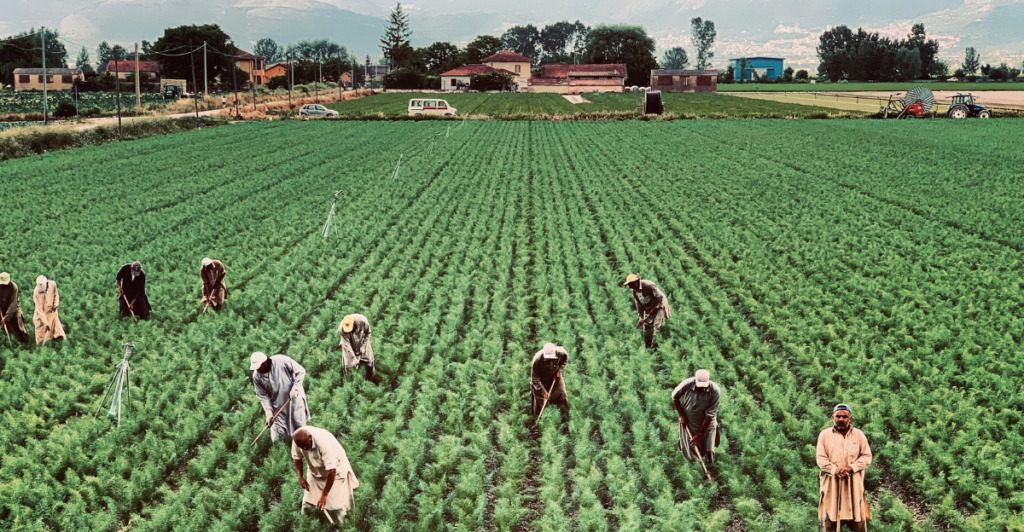
Agriculture expansion converts wild areas into farmland, limiting wildlife habitats. Monocultures lack the diversity needed to support different species, leading to population declines. Pesticides and fertilizers also harm wildlife, contaminating soil and water. Advocacy for sustainable agriculture can help balance human food needs with wildlife conservation.
9. Urbanization
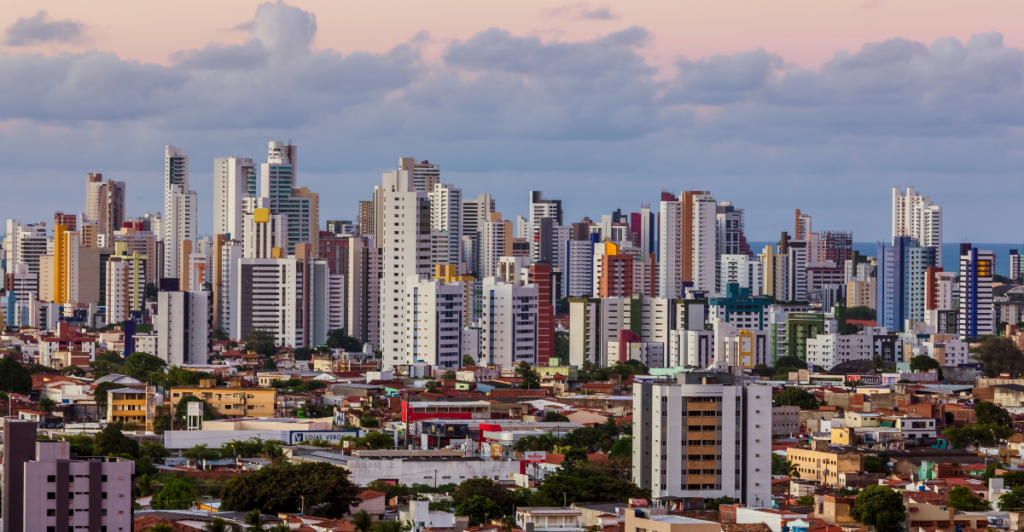
Urbanization alters landscapes, fragmenting habitats and forcing wildlife to relocate. As cities expand, green space decreases, reducing the number of homes available to animals. Urban settings introduce further dangers that endanger wildlife, including traffic and pollution. Incorporating green areas and sustainable designs in cities has been shown to reduce these negative consequences and enhance biodiversity as well.
10. Disease
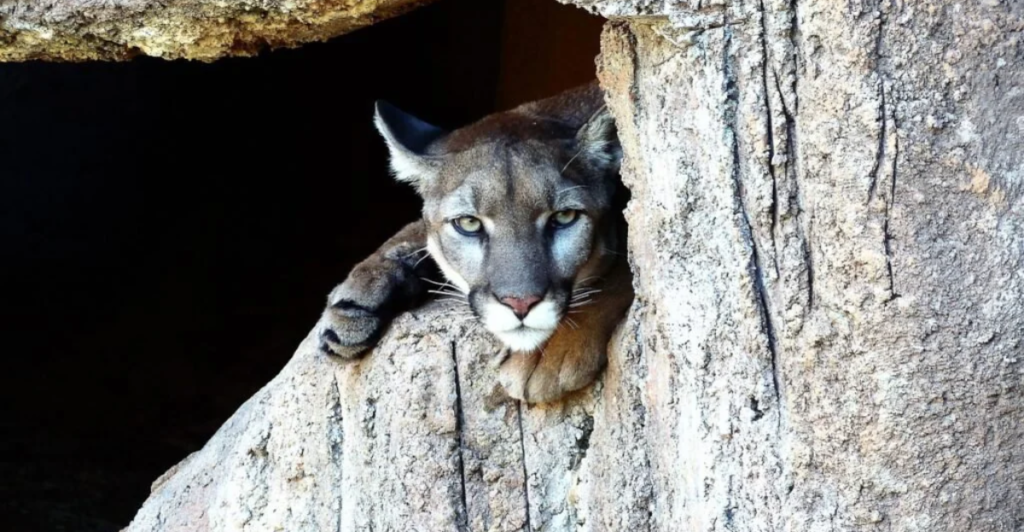
Emerging diseases, frequently fueled by human activities, are a threat to wildlife populations. Pathogens that spread to new regions can wipe out species with no natural defenses. Such outbreaks can cause substantial declines in affected populations. The risk of transferring diseases increases in human-wildlife interactions. Research and monitoring are used for the early detection and management of wildlife diseases, mitigating their impact.
11. Pesticides and Herbicides
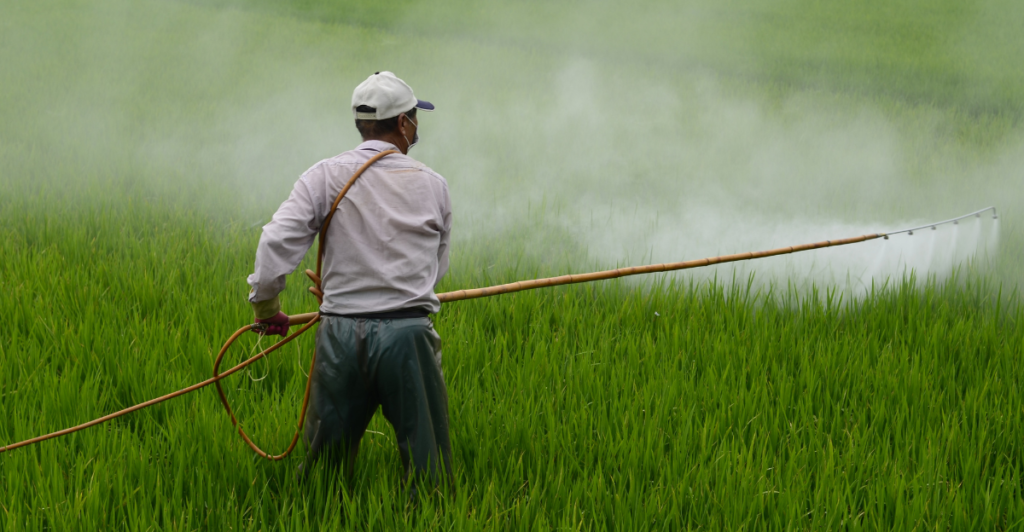
The extensive use of agricultural pesticides and herbicides adversely affects non-target species, resulting in biodiversity loss. These toxins endanger the food sources and habitats of insects, birds, and aquatic life, eventually causing population declines and a loss of ecosystem resilience. Adopting organic farming practices and integrated pest management can minimize the dependence on harmful chemicals.
12. Light Pollution

Light pollution is a commonly neglected element of wildlife harm. Artificial light disrupts the natural behaviors of nocturnal animals, disrupting their hunting and mating patterns. This confusion can lead to decreased reproduction rates and an increase in death rates as animals struggle to adapt. For example, it especially affects birds because they depend on natural cues for navigation. Migrating birds can be thrown out of their normal flying patterns by bright city lights, causing deadly collisions with buildings. As urban sprawl increases, so does light pollution, an ever-worsening problem for wildlife. Furthermore, light pollution affects the food chain by altering predator-prey dynamics, which can unbalance ecosystems and further drive species decline.
Explore more of our trending stories and hit Follow to keep them coming to your feed!

Don’t miss out on more stories like this! Hit the Follow button at the top of this article to stay updated with the latest news. Share your thoughts in the comments—we’d love to hear from you!







